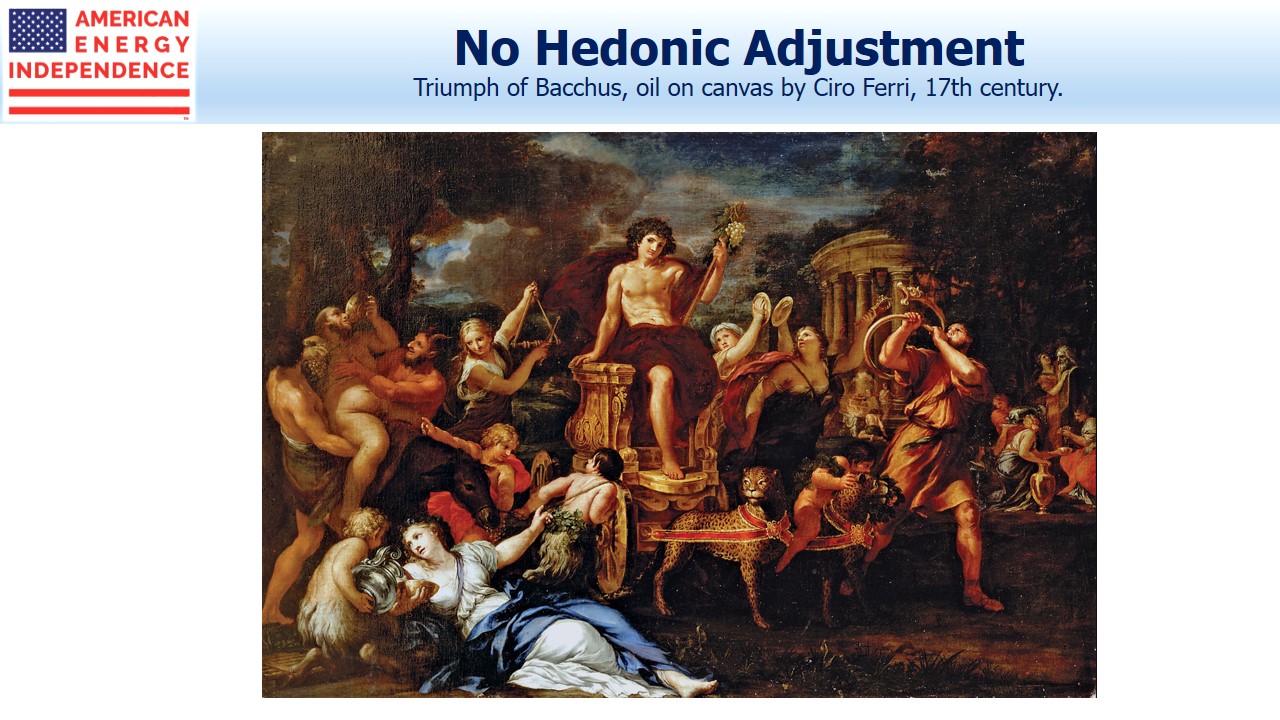Why Inflation Isn’t What You Think
The Federal Reserve has long wrestled with stubbornly low inflation. A decade ago few would have expected this to be a problem, but Personal Consumer Expenditure (PCE) inflation, the Fed’s preferred measure, is coming in at 1.8% this year. Federal Open Market Committee (FOMC) members have been considering allowing inflation to overshoot their target of “around 2%”. As Eric Rosengren, president of the Federal Reserve Bank of Boston, noted, if you’re trying to average 2%, “you can’t have only observations that are below 2 per cent.”
One consequence is that, when inflation does eventually move above 2%, the FOMC may delay efforts to lower it so as to allow for some catch up.
Outside of the FOMC’s technical concern with achieving its desired 2% average, inflation generates few worries. Keeping up with the cost of living is a crucial objective of saving for retirement, yet few appreciate a shortcoming in traditional measures of inflation.
Inflation indices measure the cost of a representative basket of goods and services of constant utility. The basket rarely fits individuals, but it reflects society’s pattern of purchases and so is right on average. The catch is in the last phrase, of constant utility. Products and services generally improve, and because those improvements increase utility, statisticians typically adjust for the improvement, lowering inflation.
Consumer electronics is a good example. iphones get better and more expensive with every new release. But the inflation data place a value on those improvements and adjust down to calculate the price of an iphone with the same features. My niece took clear, well-lit photos on the weekend with her iphone 11. The phone costs more, but the photo quality means you’re getting more phone than before. Better photos mean more utility, although beyond the enjoyment of being flattered by the imagery, there’s little else to do with that extra utility.
The Bureau of Labor Statistics (BLS) publishes the Consumer Price Index (CPI). The Fed prefers the PCE because it dynamically adjusts for shifting consumption patterns, and is more representative of actual consumer behavior. But for decades we followed the CPI, and the point that follows applies to inflation indices generally.
The BLS publishes a list of items in their CPI subject to “hedonic quality adjustment”. It’s mostly clothing and consumer electronics. Mens’ suits are apparently improving in quality as well – or perhaps it’s now harder to buy a cheap suit. In any event, suits are apparently better value for money than in the past, which in inflation math is deflationary.
I wrote about this topic in Bonds Are Not Forever; The Crisis Facing Fixed Income Investors. In a subsequent blog I highlighted one of the most absurd hedonic quality adjustments – airline tickets (see Why Flying is Getting More Expensive). Even though economy flyers everywhere would agree that cramped seats and lousy food make commercial air travel an endurance, the BLS found that quality (which they defined simply as ease of cancellation) had improved, boosting value for money and thereby lowering the cost of airfares within the index.
What it means is that keeping up with inflation doesn’t mean keeping up with your neighbors. The statisticians are measuring prices, and their approach has some logic. But they’re just not measuring what most of us think they’re measuring. If inflation seems lower than the rate you experience personally, it’s probably because you accept quality improvements but don’t think of them as price reductions. iphones cost more, even if hedonic quality adjustments provide an offset. You’re still having to pay more cash, leaving less for something else. Inflation statistics reflect this less than you think.
